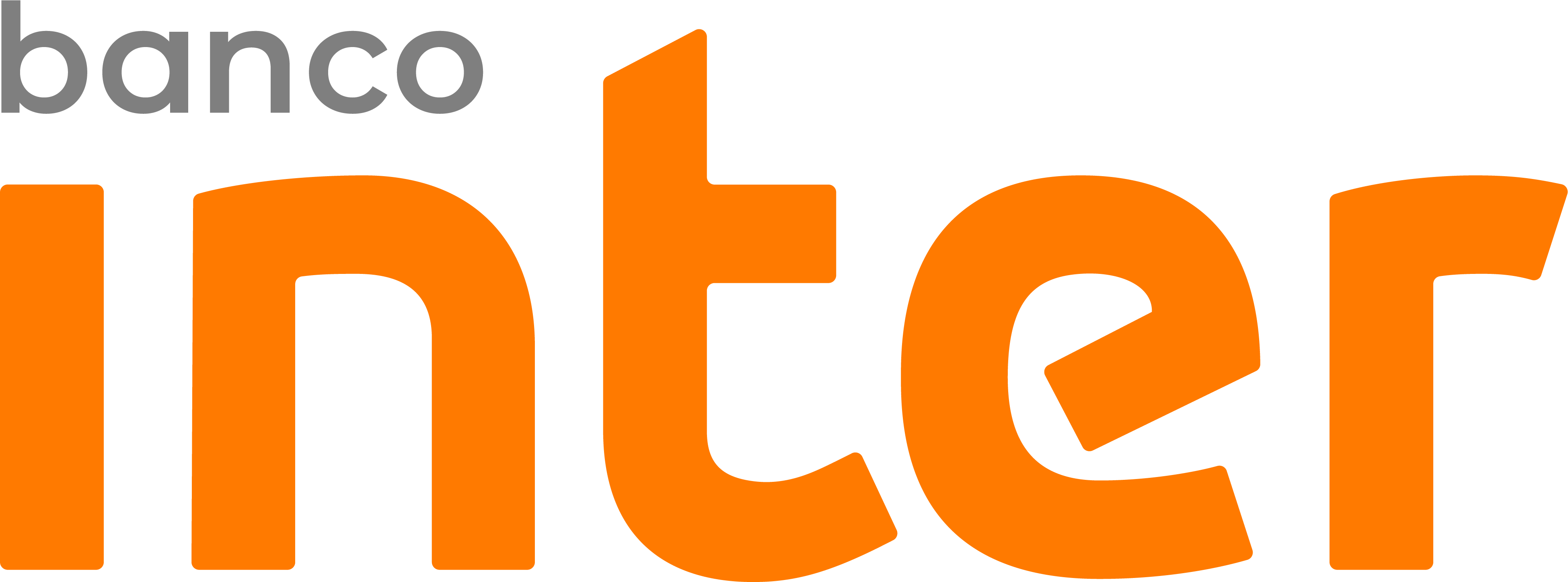Etsy, a renowned global marketplace for unique and creative goods, is not just another e-commerce platform. It’s a hub where people from all around the world connect to buy, sell, and create handmade and vintage items. But what powers this vast virtual bazaar? How does Etsy manage to maintain its seamless operations and user experience?
The answer lies in the robust Etsy tech stack and cloud infrastructure. Etsy’s tech stack is a blend of diverse tools, platforms, and software, including Google Tag Manager, ElasticSearch and Hadoop among others. In this blog, we explore how Etsy’s technological backbone ensures smooth functioning and drives its market leadership.

Frontend technologies of Etsy Tech Stack
The frontend of Etsy tech stack is an amalgamation of several technologies that together create an engaging and user-friendly interface.
ReactJS: Etsy uses ReactJS, a JavaScript library, for building user interfaces. ReactJS allows Etsy to build a fast, simple, and scalable frontend, with components that are reusable, leading to a consistent look and feel across the platform. The virtual DOM (Document Object Model) in ReactJS ensures a seamless user experience by minimizing page reloads.
Redux: Etsy also utilizes Redux, a predictable state container designed to help JavaScript apps behave consistently across different environments. Redux makes it easier to manage the state of the application, providing a single source of truth, and allows for better debugging and testing of the app.
Webpack: Webpack is another tool in Etsy’s frontend arsenal. It’s a module bundler for modern JavaScript applications. Webpack compiles and bundles all of Etsy’s static assets, such as JavaScript and CSS files, optimizing them for performance.
Sass (Syntactically Awesome Style Sheets): For styling, Etsy uses Sass, a CSS preprocessor that extends the language, adding features that allow variables, functions, and more, which are compiled into regular CSS. This helps Etsy maintain a consistent and orderly style sheet.
JavaScript (ES6): Etsy uses the latest standards of JavaScript, ES6, to write clear and concise code. ES6 provides new syntax for writing complex applications, including classes and modules, which make it easier to create and manage large JavaScript codebases.
Google Tag Manager: GTM is used for tracking and analytics. It enables Etsy to deploy and update measurement tags on their website and mobile apps without major code changes and app releases.
Backend technologies of Etsy Tech Stack
Etsy’s backend technology stack is a well-rounded combination of reliable and robust technologies that facilitate its function as a giant online marketplace.
PHP: PHP forms the backbone of Etsy’s backend. As an open-source server-side scripting language, PHP is known for its simplicity and speed, making it an ideal choice for Etsy’s backend. It is primarily used to generate dynamic page content, collect form data, and handle cookies, among other tasks.
Apache: Secondly, Etsy uses Apache, a free and open-source cross-platform web server software. Apache is renowned for its robustness, making it a popular choice for high-volume websites like Etsy. It is responsible for serving static content to the client, handling SSL requests, and performing other server-side tasks.
MySQL: MySQL is a relational database management system based on SQL (Structured Query Language). Etsy uses MySQL to store, retrieve and manipulate data related to its users, products, and transactions. Its scalability and high performance make it perfect for handling Etsy’s large-scale data needs.
ElasticSearch: Etsy tech stack also uses ElasticSearch, a powerful open-source search and analytics engine. It is used for executing complex searches that involve ranking and grouping, full-text search, and geo-based search. Given the vast number of products on Etsy, ElasticSearch facilitates a quick and efficient discovery of products.
Hadoop: Etsy uses Hadoop and Vertica for big data. Hadoop is a framework that allows for the distributed processing of large data sets across clusters of computers. Vertica, on the other hand, is a scalable grid-based, column-oriented database designed to manage large, fast-growing volumes of data and provide very fast query performance. These technologies allow Etsy to analyze and extract insights from their extensive data, enhancing the overall user experience.
Through this combination of technologies, Etsy tech stack has a robust backend infrastructure that supports its massive online marketplace operations.

Infrastructure technologies of Etsy Tech Stack
Etsy’s tech stack is continually evolving to meet the demands of its online marketplace. As part of this evolution, Etsy migrated its service infrastructure to the cloud in 2018. This migration significantly improved their deployment process and enabled them to handle vast amounts of data more efficiently.
Canary Lite: One of the most remarkable shifts in Etsy’s tech stack was the adoption of a canary deployment strategy. Unlike the previous blue-green deployment strategy, the canary strategy rolls out changes to a small subset of traffic before switching over all traffic. This strategy minimizes risk and allows for a more controlled monitoring of changes.
However, Etsy’s search system design had limitations that made canary rollouts challenging. To overcome these limitations, Etsy’s search team built a custom tool called “Canary Lite”. Despite not having a single load balancer or API endpoint for traffic routing, this tool allows them to incorporate a canary component into the deployment process.
Vitess: Another significant change in Etsy’s cloud infrastructure was the migration of their payments databases to a single sharded environment managed by Vitess. The need for this change was urgent, as two of their databases were no longer vertically scalable, posing a high risk to their payment processing system.
The migration process was completed in two phases, reducing the load on the primary payments database by 60%. It was a challenging transition, requiring significant modifications to the database and a unique approach to data sharding.
Etsy’s cloud infrastructure technologies, including canary deployment strategies, Vitess are critical to its data management and service delivery. They reflect a commitment to innovation and an ongoing effort to optimize performance and scalability.
Conclusion
With a robust backend stack comprising PHP, Apache, MySQL, Linux, Elasticsearch, Hadoop, and Vertica, Etsy effectively manages dynamic page content, data storage, server environment, product discovery, and big data analysis.
Furthermore, Etsy’s strategic shift to cloud infrastructure has led to marked improvements in deployment processes and data handling capabilities.
The adoption of a canary deployment strategy, development of the custom tool “Canary Lite”, and migration of payment databases to Vitess reflect Etsy’s innovative approach to overcoming operational challenges.












